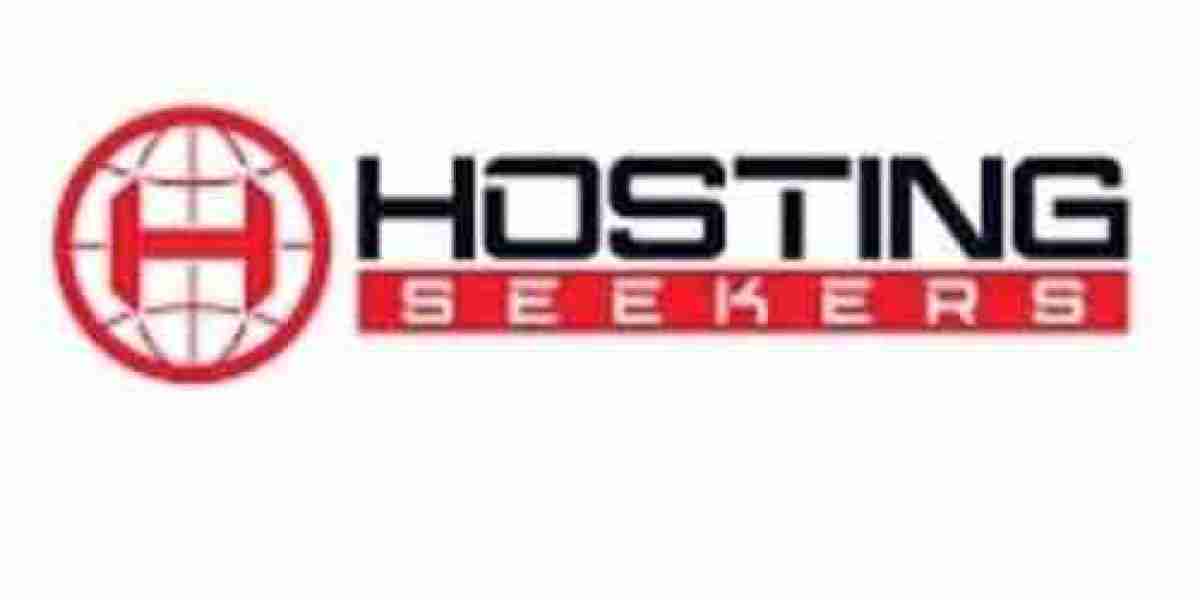The surface disinfectant chemicals market is experiencing a paradigm shift as global regulations increasingly prioritize environmental sustainability and user safety. Regulatory agencies across the globe are adopting stricter frameworks to minimize chemical exposure, encourage eco-innovation, and promote public health, leading manufacturers toward green reformulation strategies.
Regulatory Push Towards Eco-Friendly Disinfectants
Traditionally dominated by potent chemical formulations such as chlorine-based and quaternary ammonium compounds, the disinfectant industry is now undergoing reform. Regulatory agencies across regions are tightening rules to:
Limit exposure to volatile organic compounds (VOCs)
Phase out chemicals deemed carcinogenic, bioaccumulative, or toxic
Encourage biodegradable and low-toxicity alternatives
For instance, the European Union’s REACH (Registration, Evaluation, Authorisation, and Restriction of Chemicals) framework and the U.S. EPA’s Safer Choice program are leading efforts to assess chemical risks and promote safer substitutes.
Environmental Certifications as Market Drivers
With institutional and commercial buyers increasingly aligning with environmental responsibility, surface disinfectant manufacturers are striving for recognized certifications. These include:
Green Seal and EcoLogo in North America
EU Ecolabel across the European Union
USDA BioPreferred® for biobased content
Such certifications require comprehensive testing for health safety, ecological impact, and performance standards—prompting R&D investments that integrate green chemistry principles into formulation strategies.
Shift in Formulation Strategy
In response to these regulatory imperatives, chemical manufacturers are revisiting their core formulations. Several sustainable product innovations have emerged:
Hydrogen peroxide-based disinfectants: Biodegradable, effective, and safer for indoor use
Alcohol-based solutions with natural stabilizers: Widely accepted in healthcare and transit applications
Essential oil-derived antimicrobials: Such as thymol or citric acid, appealing to wellness and hospitality sectors
These shifts require careful balancing between efficacy and safety, as newer sustainable solutions must meet rigorous performance benchmarks—especially in high-risk environments like hospitals.
Bans and Restrictions Shaping Product Lines
Several jurisdictions have outright banned or restricted certain ingredients commonly found in legacy disinfectants:
Triclosan and triclocarban banned in many consumer products
Peracetic acid restricted due to respiratory concerns
Quaternary ammonium compounds under scrutiny due to occupational exposure risks
Manufacturers aiming for long-term viability are phasing out such ingredients and investing in regulatory-compliant innovation pipelines, particularly to avoid future recalls or export bans.
Corporate ESG Goals Align with Regulatory Expectations
Major industry players are also aligning disinfectant product lines with broader Environmental, Social, and Governance (ESG) commitments. This convergence is reinforcing sustainable product development by:
Mandating carbon footprint disclosures
Requiring recyclable or refillable packaging
Integrating life cycle assessments (LCAs) in product development
Multinational chemical firms are embedding sustainability KPIs into R&D performance metrics, ensuring that new products align with both market regulations and investor expectations.
Market Response: Sustainable Disinfectants Gain Traction
Institutional buyers are increasingly favoring sustainable disinfectant options. Key examples include:
Healthcare networks mandating low-toxicity formulations to reduce patient exposure risks
Educational institutions adopting green-certified surface cleaners for K–12 and universities
Airlines and airports selecting fast-drying, fragrance-free, biodegradable disinfectants for enclosed spaces
These choices are being driven not just by internal ESG mandates but by compliance with external health regulations, especially in North America, Europe, and Japan.
Challenges in Sustainable Product Development
Despite positive momentum, developing sustainable surface disinfectants presents unique challenges:
Achieving broad-spectrum efficacy without harsh chemicals remains difficult
Many natural compounds degrade quickly, reducing shelf life
Regulatory approvals for new green formulations are time-intensive and costly
To overcome these issues, companies are investing in formulation stabilizers, microencapsulation technologies, and cross-sector collaborations with biotech startups and academic institutions.
Investment in Green R&D and Manufacturing
Regulations are also prompting infrastructure investment:
Green chemistry labs dedicated to sustainable disinfectant R&D
Manufacturing lines designed to minimize chemical waste and emissions
Automated blending systems that ensure consistent eco-friendly formulation
Several firms are also shifting production closer to target markets to reduce emissions from logistics, thereby aligning with scope 3 emission goals and upcoming supply chain reporting requirements.
Outlook
The future of the surface disinfectant chemicals market is undeniably green. Regulatory support, coupled with consumer and institutional demand for transparency and sustainability, is catalyzing a new wave of product innovation. While challenges remain, the industry’s growing alignment with global environmental goals positions it for long-term resilience and responsible growth.




